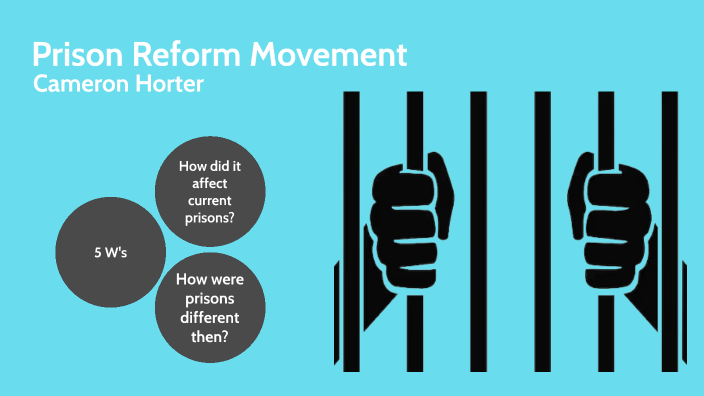Recommendations For Asylum Shelter Reform: Potential For €1 Billion In Cost Savings

Table of Contents
Streamlining the Application and Processing System
Reducing processing times for asylum applications is paramount for efficient asylum shelter management. A streamlined system directly decreases the length of stay in temporary shelters, significantly lowering overall costs associated with refugee housing. A quicker process also reduces anxiety and improves the wellbeing of asylum seekers.
- Implement digital application processes: Transitioning to digital platforms reduces paperwork, speeds up reviews, and minimizes administrative errors, contributing to efficient processing and cost-effectiveness.
- Increase staffing levels in asylum processing agencies: Addressing application backlogs requires adequate staffing. More personnel translate to faster processing times, reducing the demand for long-term shelter solutions.
- Invest in advanced data analytics: Utilizing data analytics helps identify bottlenecks and inefficiencies within the system, enabling targeted improvements and better resource allocation for effective asylum application processing.
- Introduce clear timelines and performance targets: Setting clear benchmarks for each stage of the application process increases accountability and promotes timely decision-making, optimizing efficiency and cost control.
Optimizing Shelter Infrastructure and Management
Improving the management and infrastructure of existing shelters is critical for reducing costs associated with refugee housing. This includes exploring more cost-effective housing models and enhancing property management practices.
- Explore alternative housing solutions: Decentralized housing models and partnerships with private landlords offer cost-effective alternatives to large, centralized shelters. This approach often allows for more personalized and community-integrated support for asylum seekers.
- Implement robust maintenance programs: Proactive maintenance minimizes repair costs and extends the lifespan of existing facilities, leading to long-term cost savings in shelter infrastructure.
- Optimize shelter capacity: Improved occupancy management and strategic resource allocation ensure that shelter space is used efficiently, reducing unnecessary expenditure on underutilized facilities.
- Invest in energy-efficient building upgrades: Modernizing existing shelters with energy-efficient technologies (e.g., improved insulation, solar panels) reduces utility costs, resulting in significant long-term savings in public spending.
Enhancing Integration and Support Services
Investing in effective integration programs yields long-term cost savings by reducing the need for prolonged shelter assistance. Faster integration contributes to self-sufficiency and reduces the strain on public resources.
- Expand access to language training, job training, and vocational education programs: Equipping asylum seekers with essential skills accelerates their integration into the workforce, promoting self-reliance and reducing long-term reliance on support systems.
- Strengthen social support networks: Connecting asylum seekers with community resources and support networks fosters a sense of belonging and accelerates their integration into society, reducing the need for extensive shelter services.
- Promote self-sufficiency by encouraging entrepreneurship and supporting access to employment: Empowering asylum seekers to become economically independent reduces the long-term financial burden on the state, providing a cost-effective solution.
- Develop personalized support plans: Tailored support plans address individual needs and accelerate the integration process, maximizing the effectiveness of public resources and contributing to cost-effective solutions for asylum seekers.
Transparency and Accountability in Funding and Expenditure
Ensuring transparency and accountability in funding and expenditure is crucial for effective cost management in asylum shelter programs. This builds public trust and ensures responsible use of taxpayer money.
- Implement robust financial tracking and reporting systems: Detailed financial tracking ensures accuracy and allows for better oversight of funds, promoting responsible public spending.
- Conduct regular audits: Regular audits identify inefficiencies and potential areas for improvement, ensuring that funds are used effectively and efficiently in the management of asylum shelters.
- Publish detailed reports on shelter expenditure: Public transparency fosters accountability and builds public confidence in how resources are allocated for asylum shelter programs and refugee housing.
- Establish clear performance indicators: Measuring the effectiveness of shelter programs helps identify areas for improvement and ensures efficient resource allocation, leading to budget optimization.
Conclusion
Implementing these recommendations for asylum shelter reform presents a significant opportunity to achieve substantial cost savings, potentially reaching €1 billion. By streamlining processes, optimizing infrastructure, enhancing integration services, and improving transparency, we can create a more efficient, humane, and financially sustainable system for supporting asylum seekers. We urge policymakers to prioritize the implementation of these strategies for effective and responsible asylum shelter management. Investing in comprehensive asylum shelter reform is not only fiscally responsible but also ethically crucial for creating a welcoming and supportive environment for those seeking refuge. Let's work together to create a system that is both compassionate and cost-effective.

Featured Posts
-
 Jessica Simpson And 6 Year Old Birdie Twin In Sunshine Yellow Swimsuits
May 11, 2025
Jessica Simpson And 6 Year Old Birdie Twin In Sunshine Yellow Swimsuits
May 11, 2025 -
 The Next Pope Exploring The Leading Contenders For The Papacy
May 11, 2025
The Next Pope Exploring The Leading Contenders For The Papacy
May 11, 2025 -
 Keanu Reeves And John Wick 5 A Must See Collaboration
May 11, 2025
Keanu Reeves And John Wick 5 A Must See Collaboration
May 11, 2025 -
 Instagrams Ceo On The Pressure Of Tik Tok Competition A Testimony
May 11, 2025
Instagrams Ceo On The Pressure Of Tik Tok Competition A Testimony
May 11, 2025 -
 Yankees Diamondbacks Injury Updates Key Players Out For April 1 3 Series
May 11, 2025
Yankees Diamondbacks Injury Updates Key Players Out For April 1 3 Series
May 11, 2025
